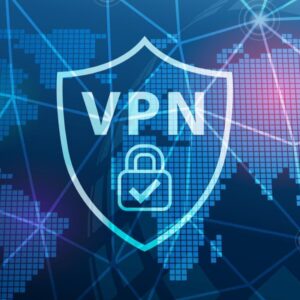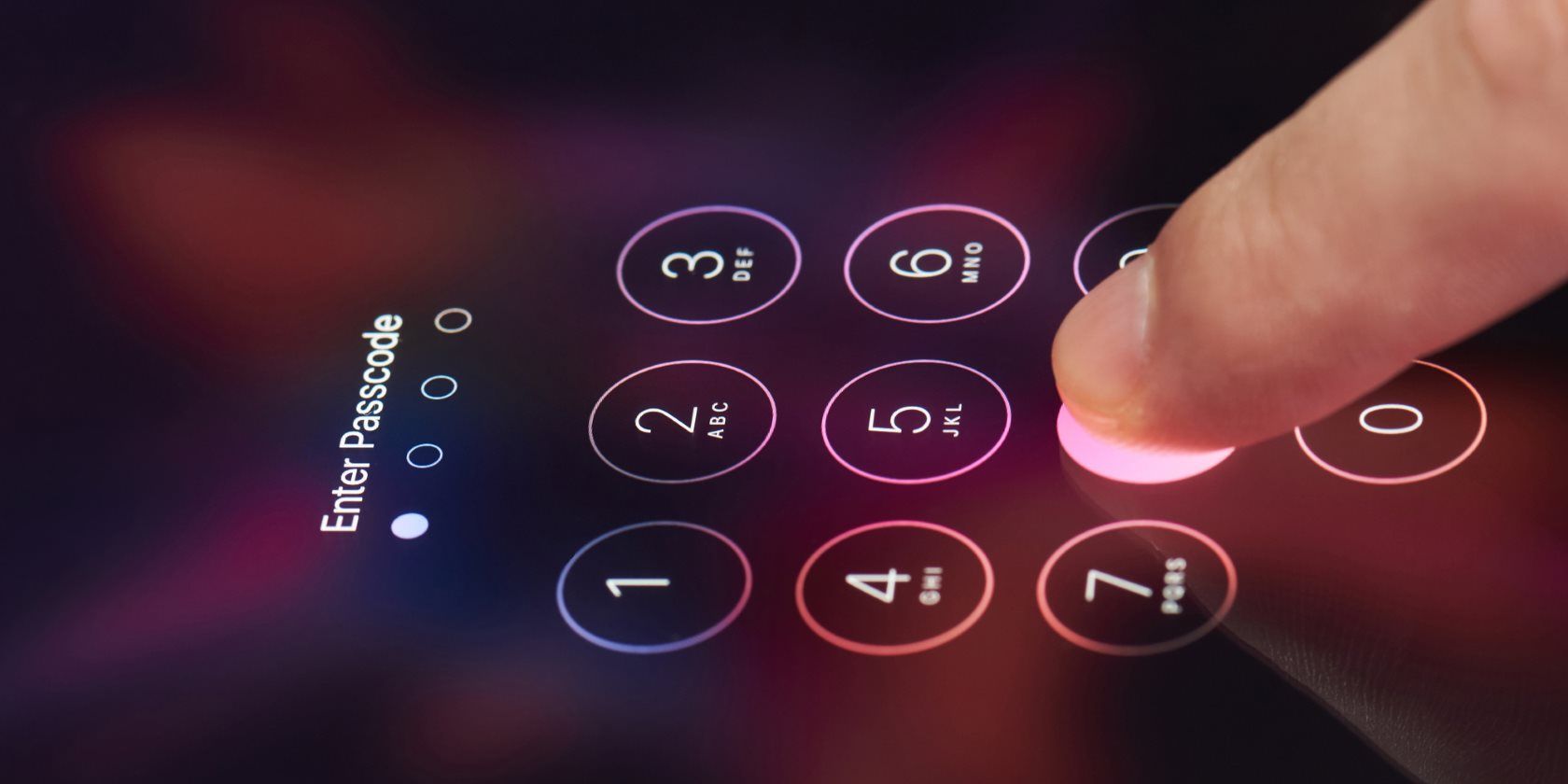Protect Your Digital Fortress: Safeguard Your System from Cyber Invaders

In the digital age, protecting your computer systems from malicious actors is paramount. Hackers employ sophisticated techniques to exploit vulnerabilities and compromise sensitive data. This comprehensive guide provides a detailed overview of essential measures to safeguard your system against these threats. By implementing these strategies, you can significantly reduce the risk of unauthorized access, data breaches, and system disruptions.
Regularly Back Up Your Data
In the digital age, safeguarding your system against hackers is paramount. One crucial measure is to regularly back up your data. This ensures that even if your system is compromised, you can restore your valuable information.
Consider using cloud-based backup services or external hard drives to store your backups. Ensure that your backups are encrypted and stored securely. Additionally, implement a backup schedule that aligns with the frequency of your data changes.
Another essential step is to keep your software and operating system up to date. Software updates often include security patches that address vulnerabilities that hackers could exploit. By promptly installing these updates, you minimize the risk of your system being compromised.
Furthermore, use strong passwords and enable two-factor authentication for all your accounts. Avoid using easily guessable passwords and consider using a password manager to generate and store complex passwords. Two-factor authentication adds an extra layer of security by requiring a second form of verification, such as a code sent to your phone, when logging in.
Install reputable antivirus and anti-malware software on your system. These programs scan for and remove malicious software that could compromise your system. Regularly update your antivirus software to ensure it can detect the latest threats.
Be cautious when opening emails or clicking on links from unknown senders. Phishing emails often contain malicious attachments or links that can infect your system with malware. If you receive an email that seems suspicious, do not open it and report it as spam.
Use a firewall to block unauthorized access to your system. A firewall monitors incoming and outgoing network traffic and blocks any suspicious activity. Configure your firewall to allow only necessary connections and services.
Finally, educate yourself about the latest hacking techniques and best practices for cybersecurity. Stay informed about emerging threats and follow reputable sources for security advice. By being proactive and implementing these measures, you can significantly reduce the risk of your system being compromised by hackers.
Educate Employees on Cybersecurity Best Practices
In the ever-evolving digital landscape, safeguarding your system against malicious actors is paramount. One crucial aspect of this defense strategy lies in educating employees on cybersecurity best practices. By empowering your workforce with the knowledge and skills to identify and mitigate threats, you can significantly reduce the risk of successful cyberattacks.
Password Management
Strong passwords are the first line of defense against unauthorized access. Encourage employees to create complex passwords that include a combination of uppercase and lowercase letters, numbers, and symbols. Implement password managers to securely store and manage passwords, reducing the risk of compromise.
Phishing Awareness
Phishing emails are a common tactic used by hackers to trick employees into revealing sensitive information. Educate employees on the signs of phishing emails, such as suspicious sender addresses, urgent language, and requests for personal data. Encourage them to report any suspicious emails to the IT department.
Social Engineering
Social engineering attacks exploit human vulnerabilities to gain access to systems. Train employees to be wary of unsolicited phone calls, emails, or text messages that request sensitive information. Emphasize the importance of verifying the identity of the caller or sender before providing any details.
Software Updates
Software vulnerabilities are often exploited by hackers to gain access to systems. Ensure that employees promptly install software updates, which typically include security patches to address known vulnerabilities. Encourage them to enable automatic updates to minimize the risk of missed patches.
Physical Security
Physical access to devices can also pose a security risk. Educate employees on the importance of securing laptops, smartphones, and other devices when not in use. Encourage them to use strong locks and passwords to prevent unauthorized access.
Incident Response
Despite all precautions, cyberattacks can still occur. Train employees on the proper incident response procedures. This includes reporting suspicious activity promptly, isolating affected devices, and following established protocols to minimize damage and restore operations.
Regular Training and Awareness
Cybersecurity threats are constantly evolving. Conduct regular training sessions to keep employees up-to-date on the latest threats and best practices. Use a variety of training methods, such as online courses, workshops, and simulations, to engage employees and reinforce key concepts.
By educating employees on cybersecurity best practices, you can create a more vigilant and proactive workforce that is less susceptible to cyberattacks. Remember, cybersecurity is a shared responsibility, and empowering employees with the knowledge and skills to protect the system is essential for maintaining a secure digital environment.
Limit Access to Sensitive Data
In the digital age, protecting sensitive data from malicious actors is paramount. Hackers are constantly devising new methods to exploit vulnerabilities and gain unauthorized access to systems. One crucial step in safeguarding your system is to limit access to sensitive data.
Restricting access to sensitive data reduces the potential attack surface for hackers. By limiting the number of individuals who can access this data, you minimize the risk of unauthorized disclosure or manipulation. Consider implementing role-based access control (RBAC), which assigns permissions based on job functions and responsibilities.
Additionally, implement strong authentication mechanisms to prevent unauthorized access. Multi-factor authentication (MFA) requires users to provide multiple forms of identification, making it more difficult for hackers to bypass security measures. Biometric authentication, such as fingerprint or facial recognition, adds an extra layer of security.
Encryption plays a vital role in protecting sensitive data at rest and in transit. Encrypting data renders it unreadable to unauthorized parties, even if they gain access to it. Use strong encryption algorithms and ensure that encryption keys are securely managed.
Regularly review and update access permissions to ensure that they remain appropriate. Remove access for former employees or contractors who no longer require it. Conduct periodic security audits to identify any vulnerabilities or unauthorized access attempts.
Furthermore, educate employees about the importance of data security and best practices. Train them to recognize phishing emails, avoid clicking on suspicious links, and report any suspicious activity. Encourage them to use strong passwords and change them regularly.
By implementing these measures, you can significantly reduce the risk of unauthorized access to sensitive data. Limiting access, implementing strong authentication, encrypting data, reviewing permissions, conducting security audits, and educating employees are essential steps in safeguarding your system against hackers. Remember, data security is an ongoing process that requires constant vigilance and adaptation to evolving threats.
Be Cautious of Phishing Emails and Suspicious Links
In the digital age, safeguarding your system against hackers is paramount. Phishing emails and suspicious links pose significant threats, and it is crucial to be vigilant in protecting your data and devices.
Phishing emails are designed to trick recipients into revealing sensitive information, such as passwords or credit card numbers. These emails often appear legitimate, mimicking the branding and language of reputable organizations. However, they contain malicious links or attachments that can compromise your system.
To avoid falling victim to phishing scams, it is essential to be cautious of unsolicited emails, especially those requesting personal information. Hover over links before clicking them to verify their authenticity. Additionally, never open attachments from unknown senders.
Suspicious links can also lead to malware infections. These links may be embedded in emails, social media posts, or websites. When you click on a suspicious link, it can download malicious software onto your device, giving hackers access to your files and personal data.
To protect against suspicious links, use a reputable antivirus software that scans links before you click on them. Additionally, be wary of shortened URLs, as they can conceal malicious destinations.
Furthermore, it is crucial to keep your software and operating system up to date. Software updates often include security patches that fix vulnerabilities that hackers can exploit. By promptly installing updates, you can significantly reduce the risk of your system being compromised.
Strong passwords are another essential defense against hackers. Avoid using common passwords or personal information that can be easily guessed. Instead, create complex passwords that include a combination of uppercase and lowercase letters, numbers, and symbols.
Additionally, consider using two-factor authentication (2FA) whenever possible. 2FA adds an extra layer of security by requiring you to enter a code sent to your phone or email in addition to your password.
Finally, be mindful of your online activities. Avoid visiting untrustworthy websites or downloading software from unknown sources. By following these precautions, you can significantly enhance the security of your system and protect yourself from the threats posed by hackers.
Use a Firewall and Antivirus Software
In the digital age, protecting your computer system from malicious actors is paramount. Hackers employ sophisticated techniques to exploit vulnerabilities and compromise sensitive data. To safeguard your system, implementing robust security measures is essential.
One crucial step is utilizing a firewall. This software acts as a barrier between your computer and the internet, monitoring incoming and outgoing traffic. It blocks unauthorized access attempts, preventing hackers from infiltrating your system. Additionally, antivirus software is indispensable. It scans your computer for malicious programs, such as viruses, malware, and spyware, and removes them before they can cause damage.
Regular software updates are equally important. Software developers release updates to patch security vulnerabilities that hackers may exploit. By promptly installing these updates, you minimize the risk of your system being compromised.
Strong passwords are another vital defense mechanism. Avoid using easily guessable passwords, such as your name or birthdate. Instead, opt for complex passwords that include a combination of uppercase and lowercase letters, numbers, and symbols. Additionally, consider using a password manager to securely store and manage your passwords.
Phishing scams are a common tactic used by hackers to trick users into revealing sensitive information. Be wary of emails or messages that request personal data, such as your password or credit card number. Never click on suspicious links or open attachments from unknown senders.
Multi-factor authentication (MFA) adds an extra layer of security to your accounts. When enabled, MFA requires you to provide two or more forms of identification, such as a password and a code sent to your phone, to access your account. This makes it significantly harder for hackers to gain unauthorized access.
Regular backups are crucial for data recovery in the event of a security breach. Store your backups on an external hard drive or cloud storage service to ensure they are not accessible to hackers.
Finally, stay informed about the latest security threats and best practices. Regularly check reputable sources for information on emerging vulnerabilities and recommended security measures. By following these steps, you can significantly enhance the security of your computer system and protect it from malicious actors.
Keep Software and Operating Systems Updated
In the digital age, protecting your computer systems from malicious actors is paramount. Hackers are constantly devising new ways to exploit vulnerabilities and compromise sensitive data. To safeguard your system, it is essential to implement a comprehensive security strategy that includes regular software and operating system updates.
Software updates often include security patches that address known vulnerabilities. By promptly installing these updates, you can significantly reduce the risk of hackers exploiting these weaknesses. Operating system updates, on the other hand, provide broader enhancements to the system’s security infrastructure. They may include new security features, bug fixes, and performance improvements that make it more difficult for hackers to gain unauthorized access.
In addition to software and operating system updates, there are several other measures you can take to enhance your system’s security. These include:
- Use strong passwords: Create complex passwords that are difficult to guess and avoid using personal information.
- Enable two-factor authentication: This adds an extra layer of security by requiring a second form of verification, such as a code sent to your phone, when logging in.
- Install antivirus and anti-malware software: These programs scan your system for malicious software and prevent it from infecting your computer.
- Be cautious about opening attachments or clicking on links in emails: Hackers often use phishing emails to trick users into downloading malware or revealing sensitive information.
- Use a firewall: A firewall acts as a barrier between your computer and the internet, blocking unauthorized access.
- Back up your data regularly: In the event of a security breach, having a backup of your important files will ensure that you can recover them.
By following these best practices, you can significantly reduce the risk of your system being compromised by hackers. Remember, cybersecurity is an ongoing process that requires vigilance and continuous adaptation to evolving threats. By staying informed about the latest security trends and implementing appropriate measures, you can protect your system and safeguard your sensitive data.
Implement Strong Passwords and Multi-Factor Authentication
Implementing robust security measures is crucial to safeguard systems against malicious hackers. By adhering to best practices, such as strong password management, software updates, network monitoring, and employee education, organizations can significantly reduce the risk of cyberattacks. Regular security audits and penetration testing help identify vulnerabilities and ensure continuous protection. Additionally, collaboration with cybersecurity experts and staying informed about emerging threats are essential for maintaining a secure and resilient system.





